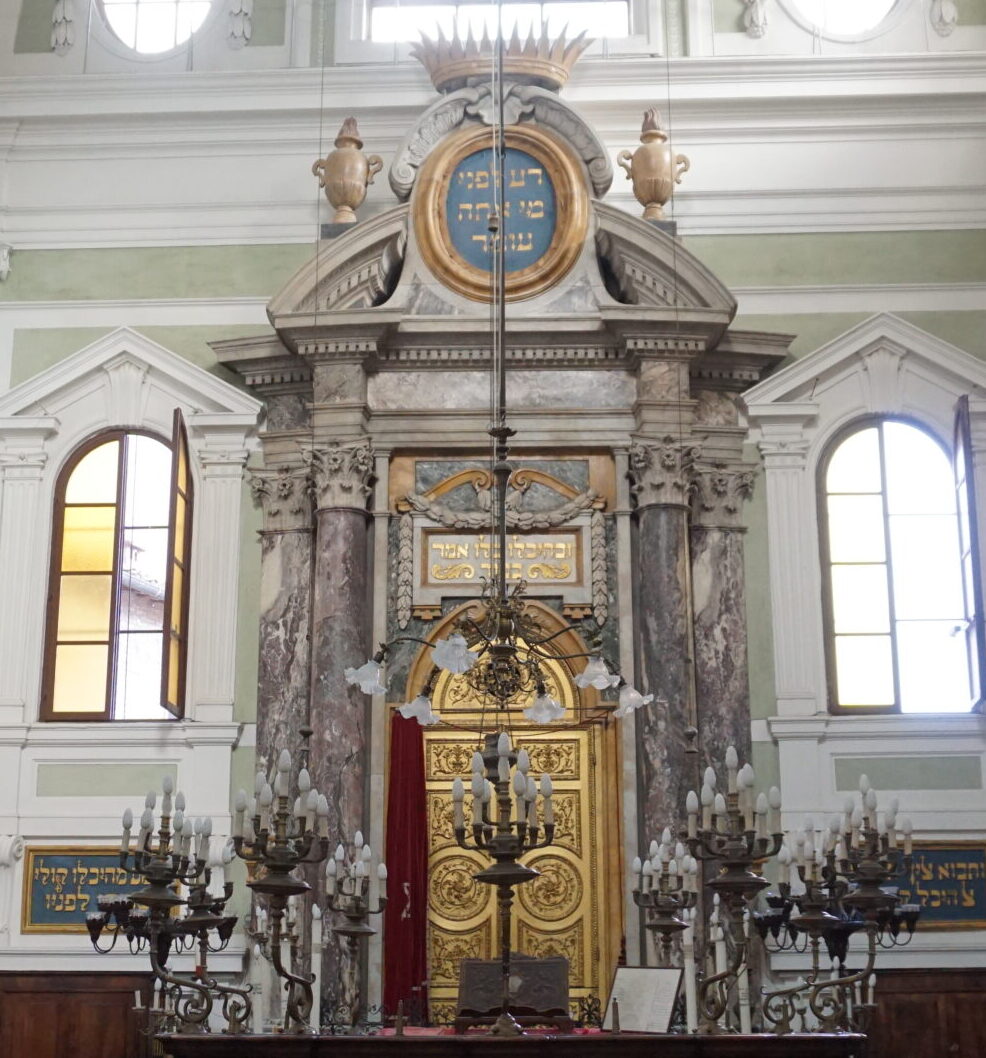New Life for Historic Temple Sinai in Sumter, South Carolina
By Samuel D. Gruber
There is good news from South Carolina. While many small congregations in the state and across the country have been forced to close the doors of their synagogues in recent years, the small but venerable congregation of Temple Sinai in Sumter, by planning ahead, will keep its 1913 Moorish-style building open for many years to come. Beginning in 2005, congregants began to look ahead to a diminished future for the small and aging congregation which traces its roots to the first Jewish settlers in Sumter more than 200 years ago.

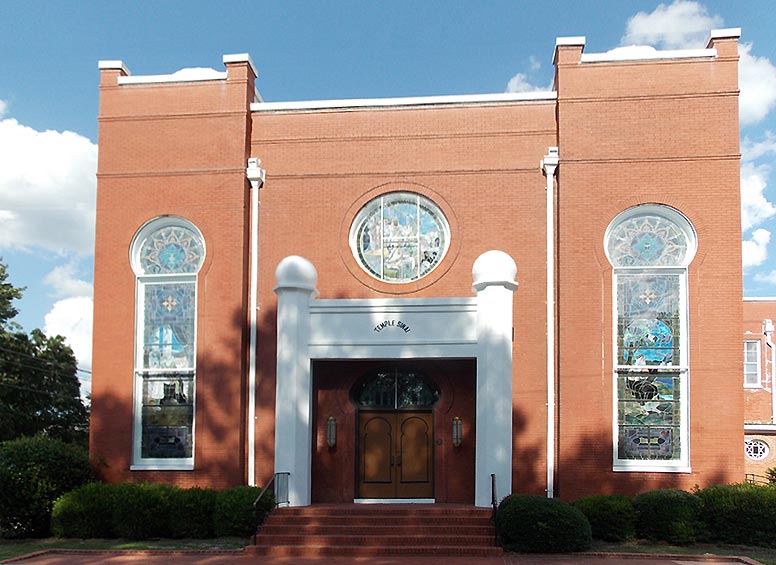
Planning was facilitated by the Jewish Community Legacy Project (founded 2008) and over time partnerships were forged with the Jewish Heritage Collection of the College of Charleston (where the congregation deposited its archives in 2007), and the Charleston Jewish Federation and Kahal Kadosh Beth Elohim (KKBE) which took control over the building. The congregation set up endowments with the Coastal Community Foundation to maintain the congregation’s cemetery and for the synagogue and Jewish heritage programs. For programs, all the partners joined with the nearby Sumter County Museum which has created a permanent exhibition on local Jewish history and the Holocaust in the former social hall of the Temple. The Temple Sinai Jewish History Center opened to great fanfare on June 2, 2018. The town’s Holocaust memorial was also relocated to the grounds of the temple for greater visibility. In its first year the Center welcomed over 2,500 guests.
Sumter now joins other former vibrant southern Jewish centers where historic synagogues have been turned into history and cultural centers. Prominent among these are Portsmouth, Virginia and Natchez, Mississippi.
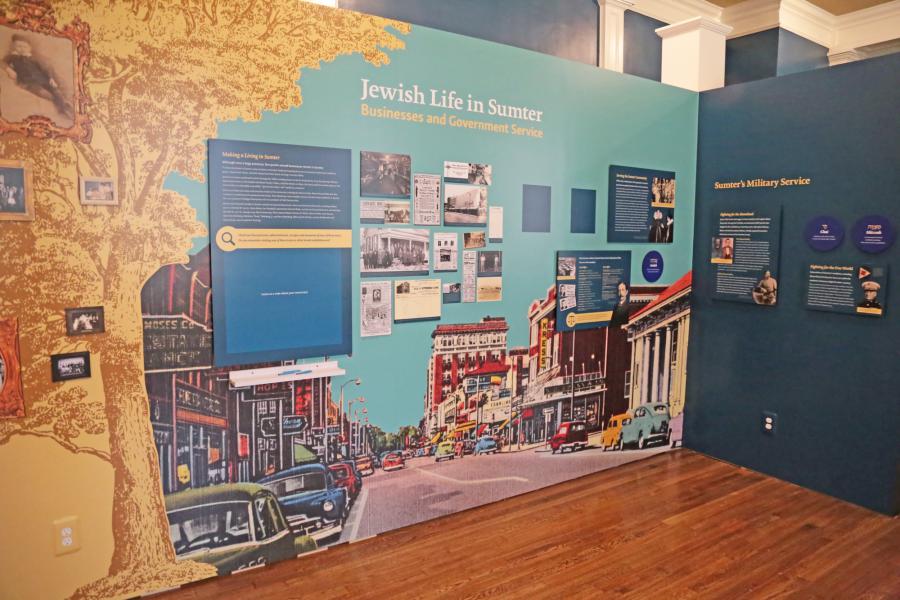
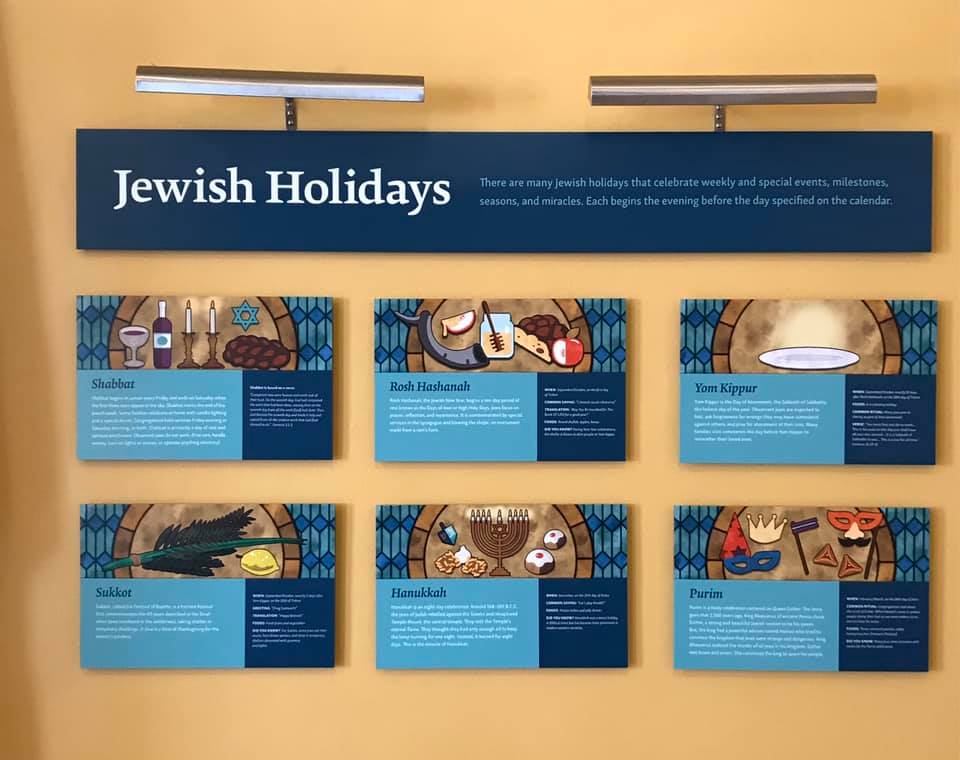

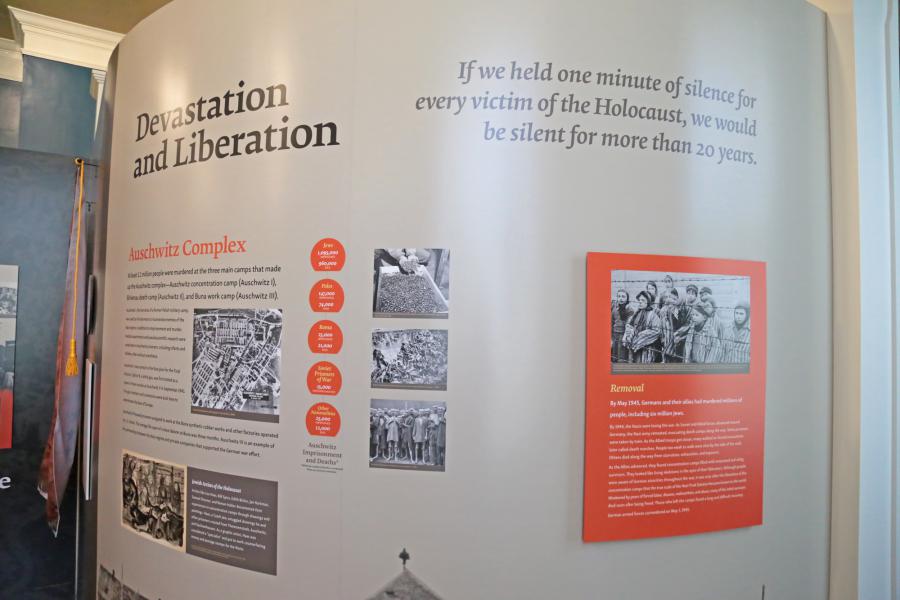
Sephardi Jews arrived in Sumter from Charleston about 1815. By the mid-19th century the community had grown to include Ashkenazi immigrants from Central and Eastern Europe, too. A wood-frame structure was built by 1906, but was probably built before 1900, as Savannah architect Alfred S. Eichberg had already produced plans for a synagogue for Sumter in 1892. The wood structure was replaced by a rectangular Moorish-style brick building, dedicated in the spring of 1913. The façade presents a prominent entrance where two projecting columns with bulbous tops flank a horseshoe arch. Two square corner towers that rise slightly over the façade roofline and are topped with small domes. A much larger dome surmounts part of the sanctuary.
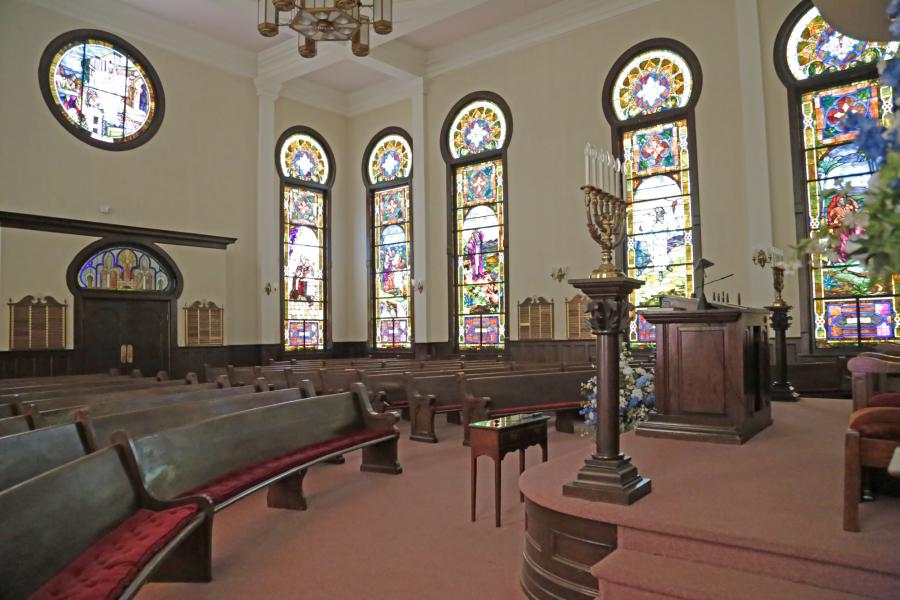
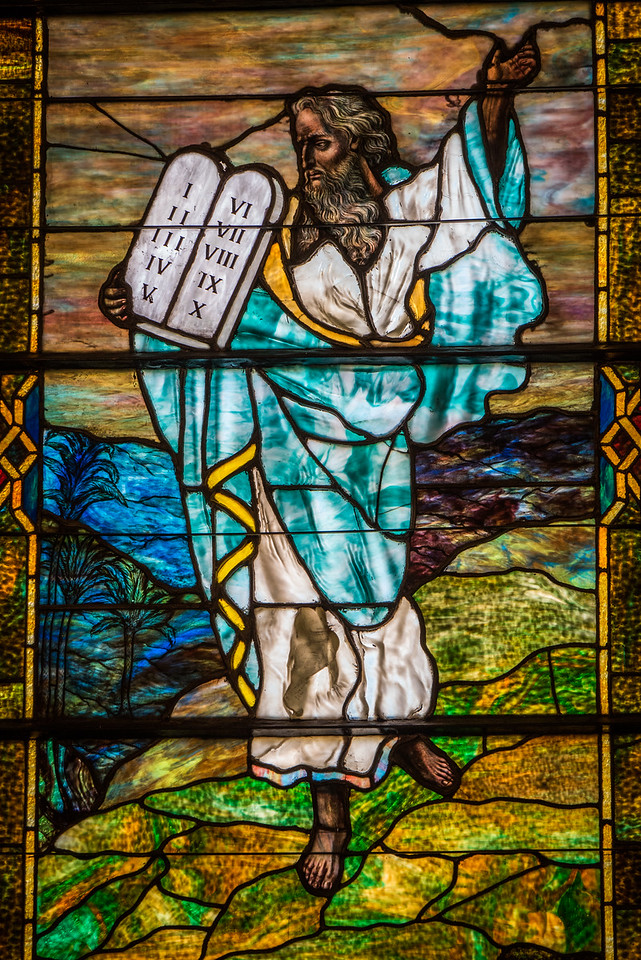
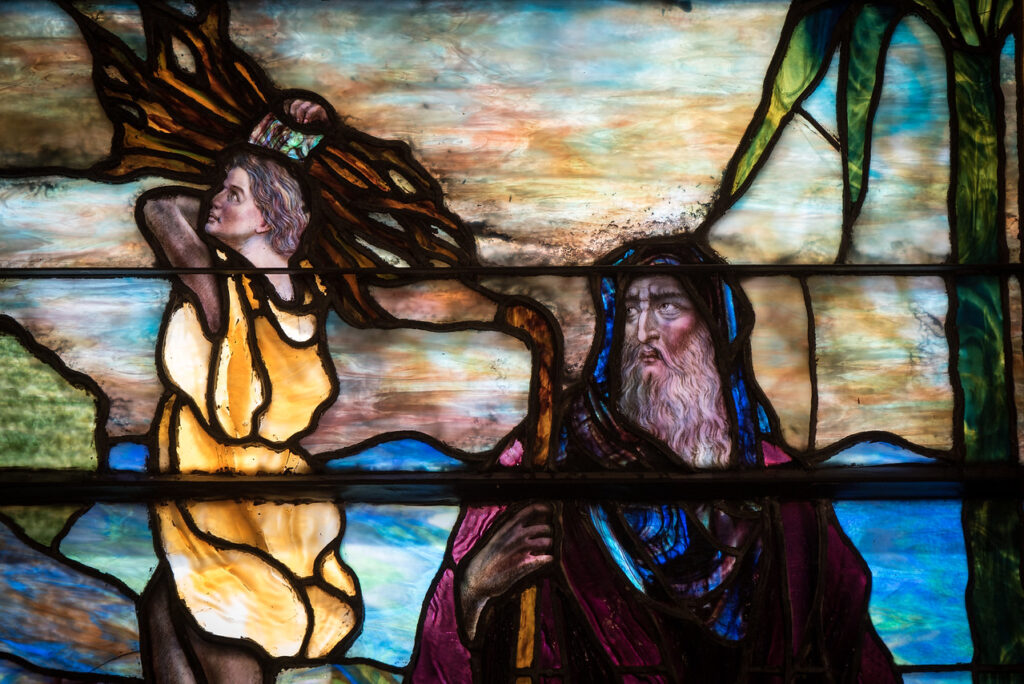
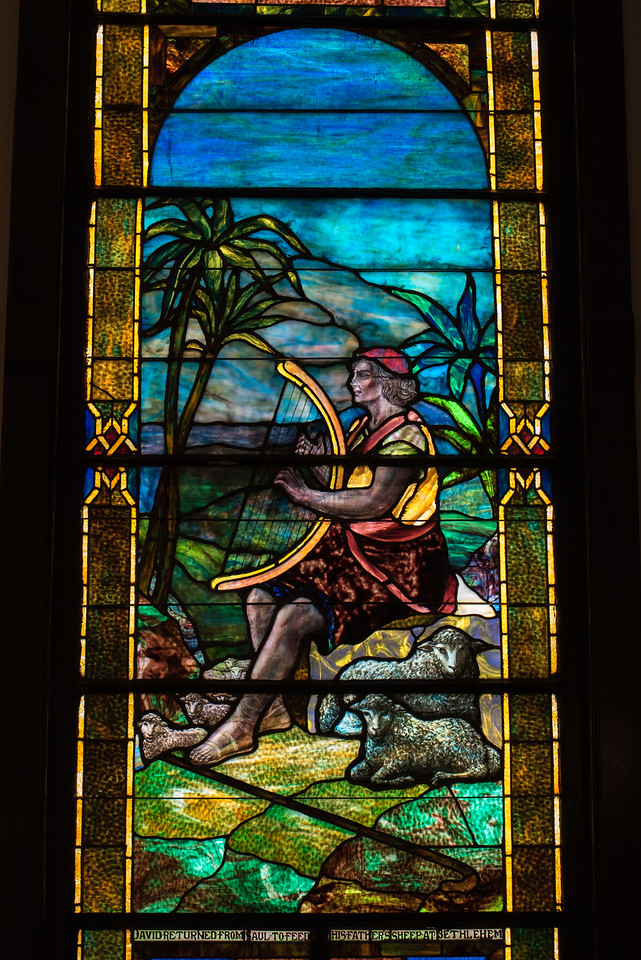
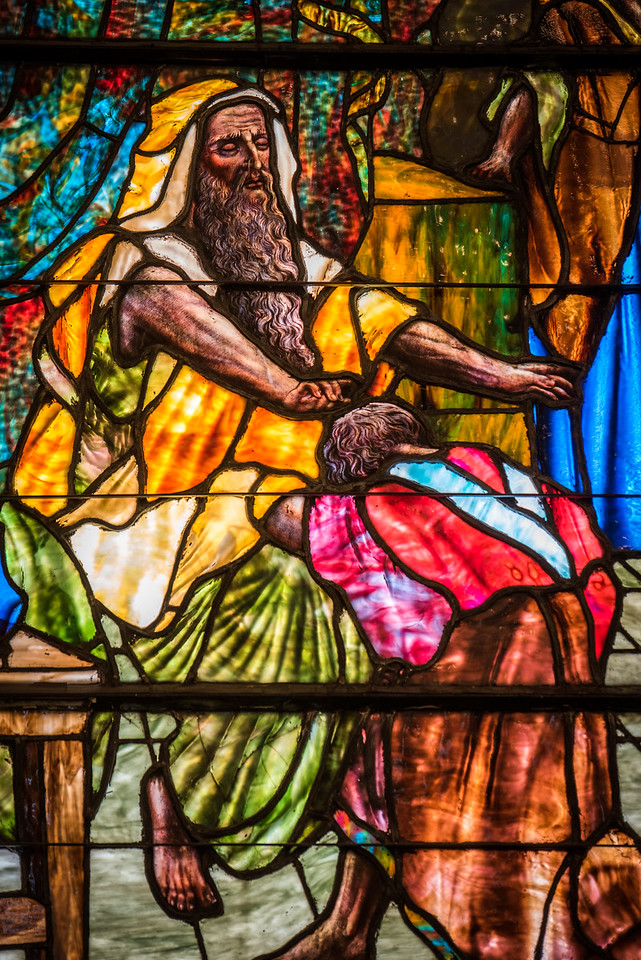
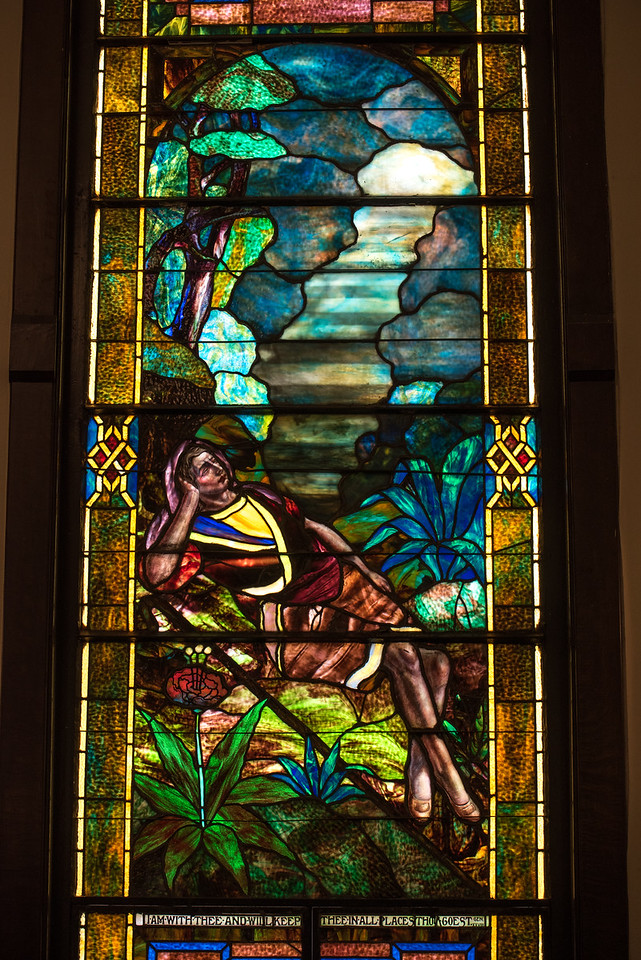

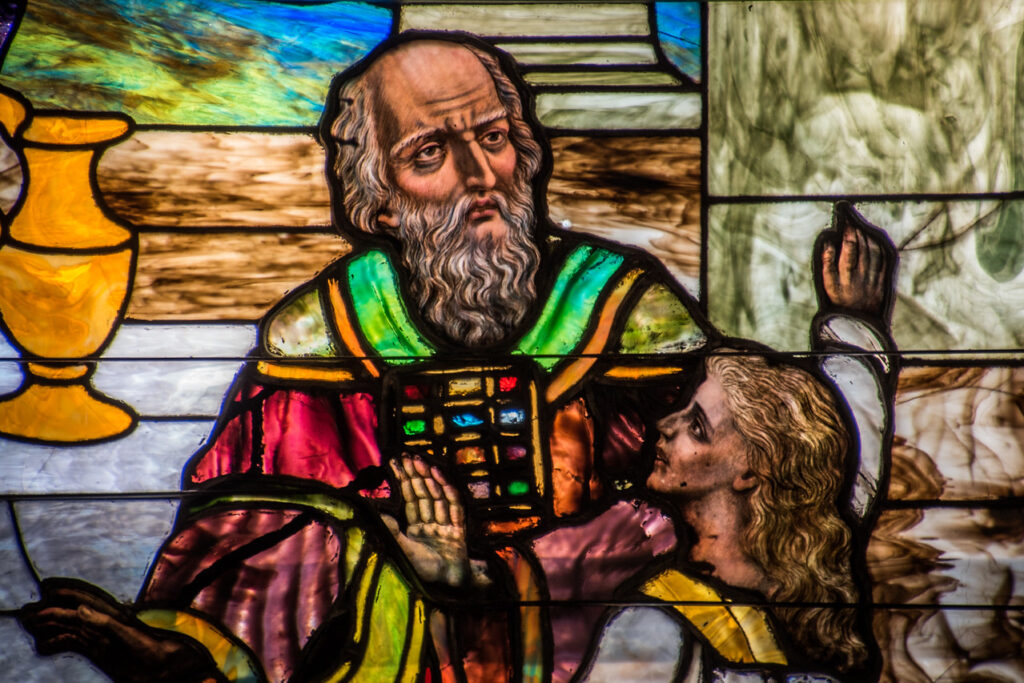
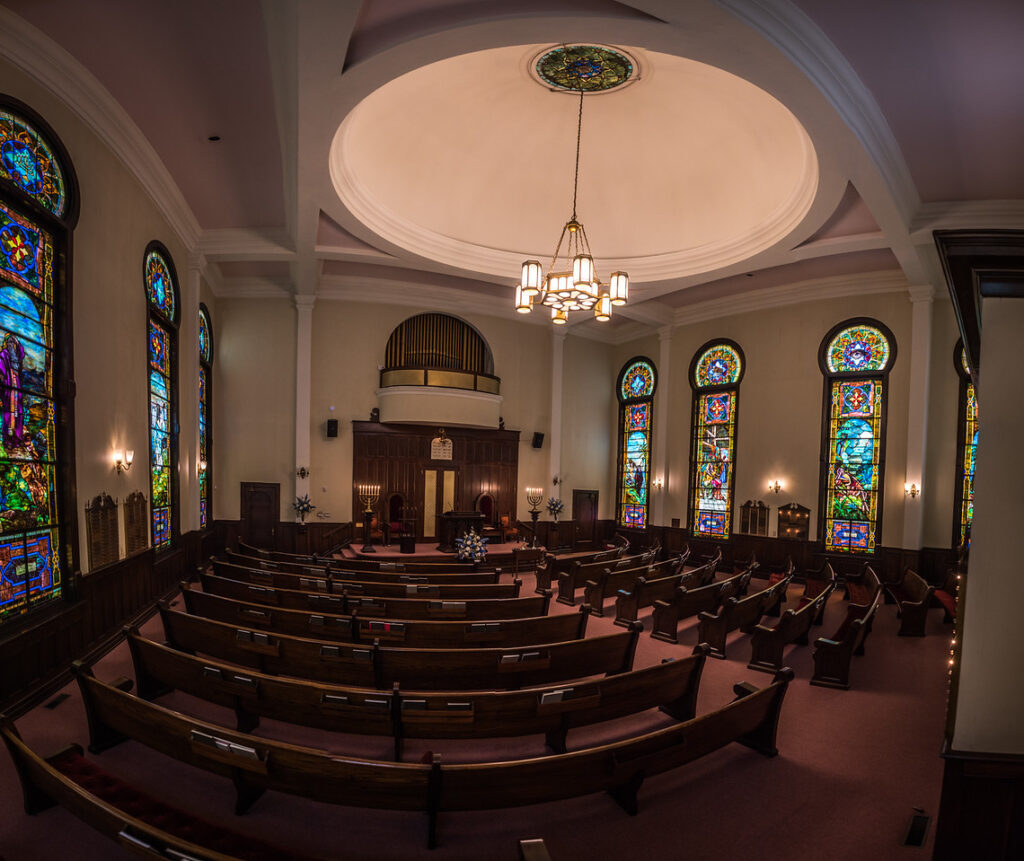
The Sanctuary is noteworthy for its stained-glass windows, which include a series of ten tall, narrow horse-shoe arched sanctuary windows, each about five feet wide and twenty feet tall, and a large round window above the entrance. The vibrant figural stained-glass windows depict scenes from the Hebrew Bible, with many scenes form the life of Moses. The architect of the brick building is unknown, as are the designer and studio of the windows.
ISJM is including the stained-glass windows in its ongoing Survey of American Synagogue Stained Glass and will illustrate and describe this in a separate post.
To learn more about planning the closure of synagogues and developing planned and viable ways to care for, dispose of, and deposit a congregation’s historical and artistic materials, contact ISJM and the Jewish Community Legacy Project.
You can read more about the entire project in an article by Annie Rivers, Executive Director of the Sumter County Museum: “Sumter’s Temple Sinai Breathes New Life,” Jewish Historical Society of South Carolina, XXXIII: 4 (Fall 2018)
To see many more excellent photos of the exhibit and the stained glass windows go to this gallery provided by photographer Perry Weinberg.
Read more about the synagogue in the 2003 National Register nomination form prepared by Katherine Richardson.
Read more about the Jewish history of Sumter at “Encyclopedia of Southern Jewish Communities – Sumter, South Carolina.“
While this spring and summer during the COVID pandemic the Center is closed, you can follow the Temple Sinai Jewish Heritage Center on Facebook here, and on the Center webpage. As with all our museums and cultural heritage sites hope that the public health situation will soon improve and that there will be re-opening to the public soon.

